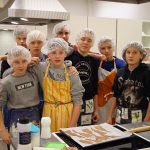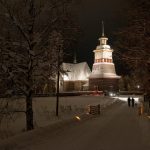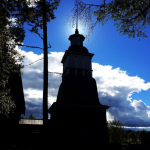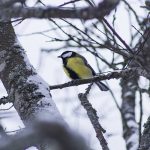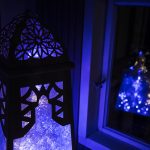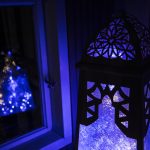The Association of World Heritage sites in Finland is presently researching visitor profile, customer satisfaction and money spending in seven World Heritage sites in Finland. The aim of the survey is to collect comparable visitor data as well as estimate the local economic impact brought by each site for protection and development purposes during 2017 and 2018. Close cooperation is carried out with Metsähallitus that provides with the application method for visitor monitoring which has been used widely in National park researches.
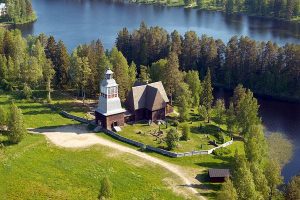
Petäjävesi Old Church (photo: The Foundation of Petäjävesi Old Church)
The first data collection was carried out during May-September 2017 in Sammallahdenmäki Bronze Age Burial site in Rauma, Petäjävesi Old Church in Central Finland and in Kvarken archipelago in Ostrobothnia. Similar visitor profile characters showed up. Visitors were mostly from 40 to 60-year-old highly educated Finns accompanied by their family members. Customer satisfaction among visitors was remarkably high in each site. Kvarken archipelago with its recreational features was main destination for most of its visitors and visits were more frequent when comparing to the two culture heritage sites. Sammallahdenmäki and Petäjävesi Old Church were both mostly part of a journey with several other touristic sites in nearby cities. However, visitors emphasized the World Heritage status more in these two smaller sites compared to Kvarken. World Heritage knowledge was quite strong among the visitors. Websites, family members and newspapers played a key role as information sources. In general, visitors used about 40 to 60 euro when visiting the site and its nearby area. Kvarken archipelago was estimated to have the largest impact on local economy with over 10 million euro while Petäjävesi Old Church contributed with a bit less than a million and Sammallahdenmäki with half a million euro to the local economy in 2017.
During 2018 the survey will continue in Suomenlinna Sea fortress in Helsinki, Verla Groundwood and Board Mill in Kouvola, Old Rauma wooden town in Rauma and Struve Geodetic Arc in Central Finland. Final report of the project will be published in 2019.
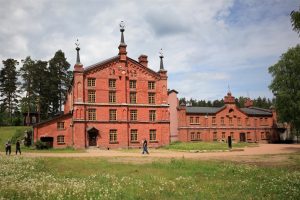
Verla Groundwood and Board Mill (photo Lassi Kujala)
The Association of World Heritage sites in Finland was establishes in 2016 to strengthen the cooperation between Finnish World Heritage sites. The visitor survey project is part of National World Heritage Strategy made by the Ministry of Education and Culture. The project is financed from the government subsidy for research and development projects in World Heritage sites by the National Board of Antiquities. The project is operated in cooperation with Metsähallitus, The Governing Body of Suomenlinna, UPM-Kymmene, National Land Survey of Finland, the city of Rauma, the Foundation of Petäjävesi Old Church and the National Board of Antiquities as well as Haaga-Helia University of Applied Sciences and HUMAK University of Applied Sciences.
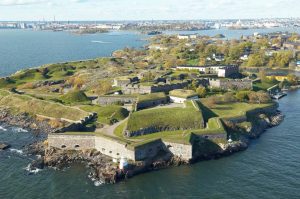
Suomelinnna (Kuva Suomen ilmakuva oy)
The visitor survey project of Finnish World Heritage sites will be displayed in more detail in the international seminar “Hygge and Heritage – World Heritage and local services” held in November (18.-20.11.2018) in Petäjävesi and Korpilahti.
(Laura Heikkilä, project coordinator, The Association of World Heritage Sites in Finland)
